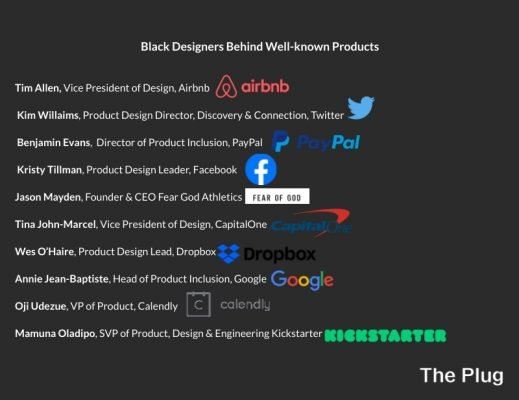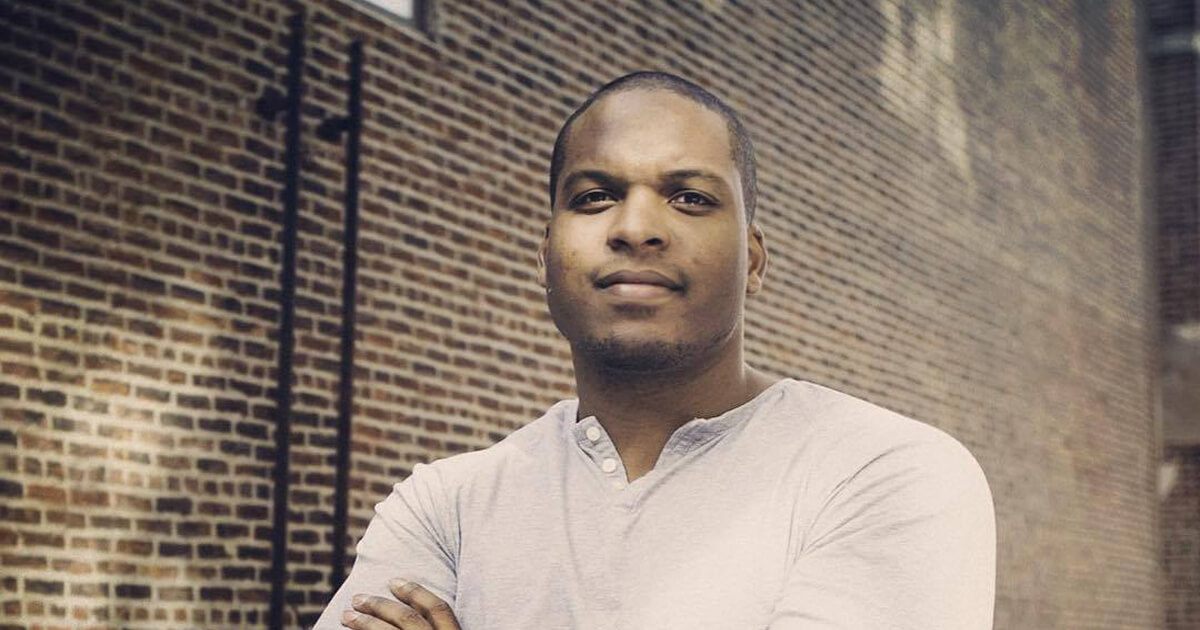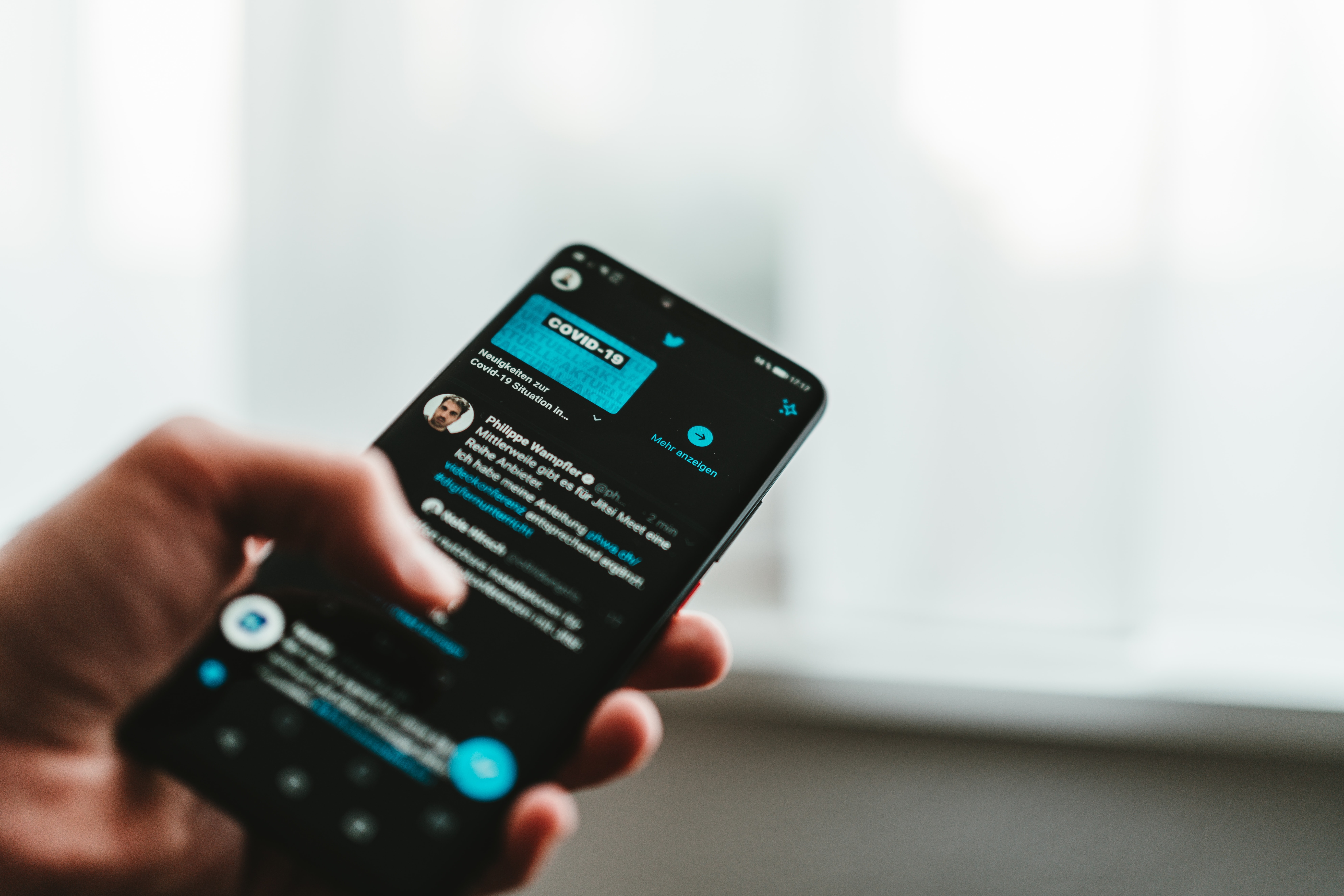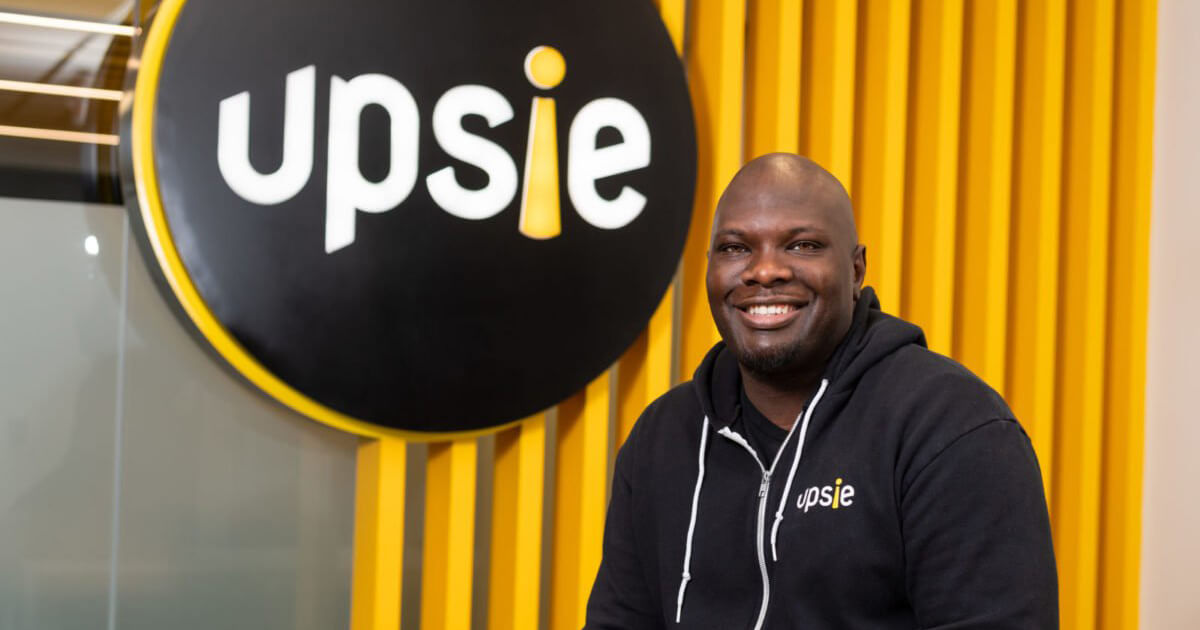Inclusive design has become paramount especially with the advent of AI and other innovative tools being used in consumer products. Beyond consideration of products made with representation in mind, inclusive product design will be a key differentiator for brands that exhibit cultural competency around trends and consumer needs. Inclusion in product design is really understanding your customers from a cultural perspective, an accessibility perspective understanding their challenges, their concerns and building a product that’s very specific to all of these things, BJ Scott, Head of Product and Design for Angle Health, told The Plug.
Good product design may be in the eye of the beholder, but the core premise of inclusive design begins with ensuring that representation of economic, social and cultural insights are baked into products from ideation to development. When you talk about cultural values or the different communities that the product touches, a lot of that stuff gets left out when it comes to the research phase of product design, Scott said.
Over time I realized certain research techniques [are needed] when developing products because it makes a big difference in Black and brown communities. Race, gender, language and even geographic area are just a few factors that should be aforethought when developing a product. However, historically, underrepresented groups have gotten the short end of the stick of user experience with products. These design flaws have been troublesome across a broad array of sectors healthcare being an obvious one to Scott who’s been working on building out a comprehensive user experience with his team before Angle Health launches this summer.
There’s a lot of issues with healthcare when it comes to price transparency and understating health care costs, he said. There’s also an education side that needs to be done on the consumer side, specifically in communities of color so we can understand that these products are available to us. Changing demographics in the U.S. has prompted companies to be more cognizant in their design and marketing efforts to reach a broader consumer base. With Black and Latinx consumer populations representing more than $1 trillion each in spending power globally, industry leaders believe that professionals developing products should be reflective of the community they’re trying to reach.
The reality is that no matter how great we are, or how diverse of a team we have, we will always unintentionally exclude someone. The goal is bringing attention to that exclusion as you go through the product development process and you start to build a business case for inclusion, Ben Tamblyn, Director of Inclusive Design at Microsoft, told The Plug.
A new Harvard Business Review study found that 69 percent of Black consumers are more likely to proactively seek out a brand that reflects their ethnicity, and 85 percent of Latinx consumers have taken an action related to a product or service after seeing an ad campaign that is inclusive or diverse. Incorporating comprehensive design into business strategy has proven to have a positive impact on businesses’ bottom line.
Companies that have put design at the top of their agenda have seen revenues and shareholder returns grow at nearly twice the rate of competitors, according to a 2020 McKinsey study. Yet, elevating design leadership can sometimes be an afterthought for business leaders. Only 10 percent of CEOs in the McKinsey study said that their senior designers play a critical role in strategy development, and 1 in 6 designers in senior roles believe they are in the position to deliver full value to their company.

Black product design and product management leaders are behind some of the most well-known products.[/caption]The single greatest source of growth and economic value that we will see in the next 10 to 15 years will come from investment companies make in inclusion, said Tamblyn. Inclusive product design is a very new green space for a lot of companies. Microsoft’s starting point was accessibility and we are now starting to overlay other important elements of inclusion but you have to start somewhere.
As technology continues to evolve, bias embedded in products has notoriously been a result of design. AI job recruiting tools that utilize facial recognition software have consistently shown bias in their hiring algorithms which has adversely impacted people of color and women, according to an MIT study.
Some of these social and cultural biases in research and design development are often missed and have damaged user experience, Emma Siegel, Inclusive Designer and Researcher at Workday, told The Plug. The Silicon Valley mindset has been ‘move fast and break things,’ and that mindset has resulted in so much harm because of not pausing and thinking about the consequences of products we’re creating, she said.
As we move forward in product design, we need to move slowly and fix things. As product design continues to cement itself at the center of a company’s brand identity, investment in product leadership will become more crucial.
More products are starting to revolve around [inclusive] design. Design is being brought in at the C-level and that’s very important, Scott said. Companies are starting to see the value of investing in the [C-suite] and I think it’s on an upward trajectory.








